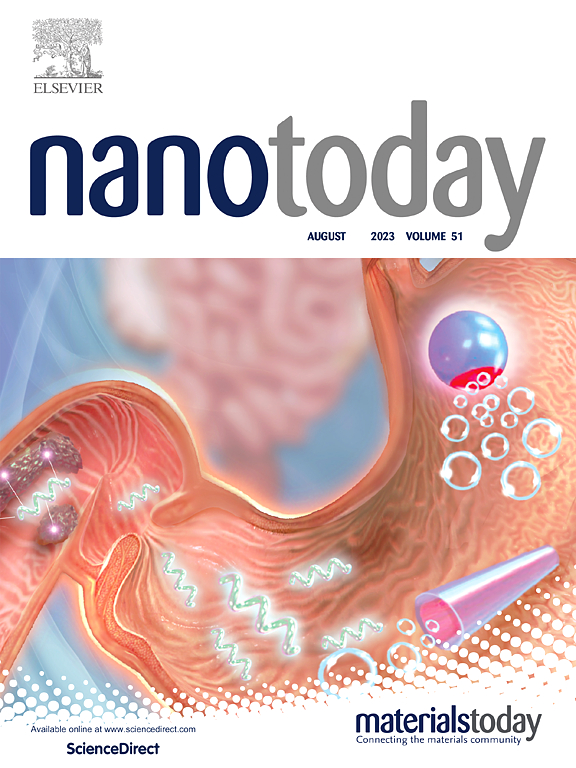Unveiling the exsolution mechanisms and investigation of the catalytic processes of Sr2FeMo0.65Ni0.35O6-δ using in situ transmission electron microscopy
IF 13.2
1区 材料科学
Q1 CHEMISTRY, MULTIDISCIPLINARY
引用次数: 0
Abstract
Solid oxide cells (SOCs) are likely to play crucial role in the green energy transition, but their widespread adoption is hindered by degradation issues, particularly catalyst agglomeration. Nanoparticle exsolution in double-perovskite materials offers a promising solution by creating electrode materials with stable metallic nanocatalysts strongly bonded to the parent oxide, mitigating high-temperature agglomeration issues. Thus, understanding the dynamic evolution of microstructure and catalytic behavior in such materials is vital for developing high-performing SOC catalysts. This study utilized a multimodal approach to investigate the dynamics of exsolution in Sr2FeMo0.65Ni0.35O6-δ (SFM-Ni) and its effect on cell performance. In situ environmental transmission electron microscopy (ETEM), in situ transmission electron microscopy (TEM) coupled with mass spectrometry visualized the formation and the stability of exsolved particles especially at the concave faces of the parent material during chemical conversion of CO from CO2. Simultaneously, macro-scale cell experiments coupled with electrochemical impedance spectroscopy, and focused ion beam-scanning electron microscopy (FIB-SEM) tomography, apart from verifying the nanoscale observations, provided crucial insights into the correlation between the exsolution process observed at the micro-scale and the overall cell performance. These findings offers valuable insights into the design and optimization of improved electrode materials for SOCs. Understanding the dynamic behavior of exsolved catalysts would help in enhancing the electrochemical performance at both the nano and macro levels, ultimately advancing the field of sustainable energy technologies.
求助全文
约1分钟内获得全文
求助全文
来源期刊

Nano Today
工程技术-材料科学:综合
CiteScore
21.50
自引率
3.40%
发文量
305
审稿时长
40 days
期刊介绍:
Nano Today is a journal dedicated to publishing influential and innovative work in the field of nanoscience and technology. It covers a wide range of subject areas including biomaterials, materials chemistry, materials science, chemistry, bioengineering, biochemistry, genetics and molecular biology, engineering, and nanotechnology. The journal considers articles that inform readers about the latest research, breakthroughs, and topical issues in these fields. It provides comprehensive coverage through a mixture of peer-reviewed articles, research news, and information on key developments. Nano Today is abstracted and indexed in Science Citation Index, Ei Compendex, Embase, Scopus, and INSPEC.
 求助内容:
求助内容: 应助结果提醒方式:
应助结果提醒方式:


